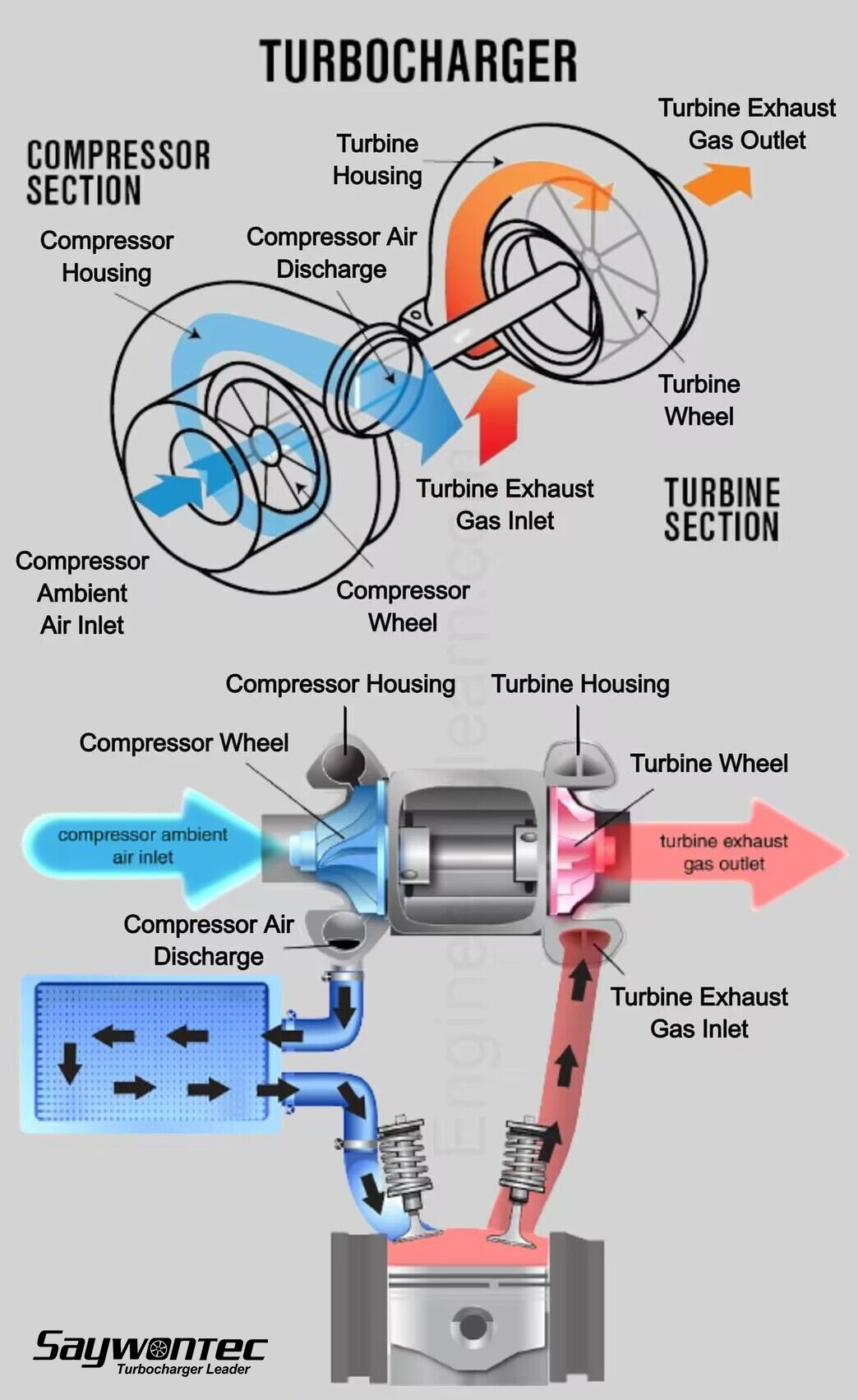How does a turbocharger work?
A turbocharger is an air compressor driven by the exhaust gas generated by the operation of an internal combustion engine. Its principle is achieved through two coaxial impellers. Its working principle is to use the energy of the exhaust gas to drive the turbine, which is connected to the compressor so that the air is compressed and sent to the engine combustion chamber, thereby improving the combustion efficiency. Turbochargers can improve the performance of internal combustion engines while reducing emissions. Compared with mechanical superchargers, turbochargers have higher efficiency and better response speed, so they are becoming more and more popular in modern cars.
Turbochargers have a wide range of applications, not just limited to car engines. In the industrial field, turbochargers are also widely used, such as in gas turbines, ship engines and other equipment. Its advantage is that it can improve the efficiency of equipment, reduce fuel consumption, reduce emissions, and reduce noise and vibration, making the equipment more environmentally friendly.
